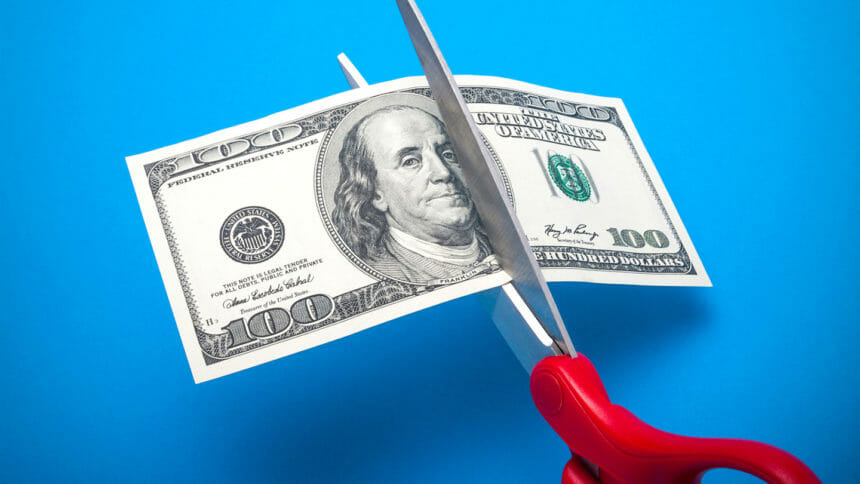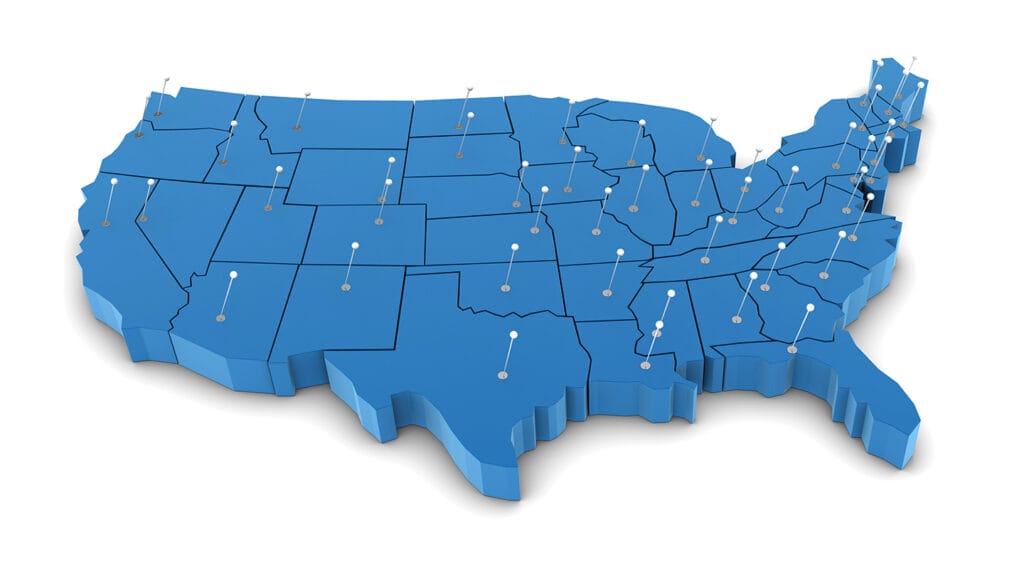
Home health providers have been laser-focused in recent months on the permanent Patient-Driven Groupings Model payment cut — 3.925% — which went into effect on Jan. 1. But there is a looming cut that threatens even more instability for providers: the temporary clawback payments related to PDGM. These reductions, which are expected to total at least $3 billion, may take effect as soon as next year.
“I can’t say you can rate one as scarier than another,” Bill Dombi, president of the National Association for Home Care & Hospice, said of the permanent and temporary cuts to McKnight’s Home Care Daily Pulse. “In combination, they are a disaster.”
Capstone, a global policy analysis and regulatory due diligence firm, might agree. In a recent policy analysis of “underappreciated developments in healthcare in 2023,” it found that temporary clawbacks in 2024 “represent a potentially larger threat to home health,” than a cut to the market basket.
Other home health leaders have voiced serious concerns about the clawback payments.
“We are very, very concerned about what happens in ’24,” Joanne Cunningham, CEO of the Partnership for Quality Home Healthcare, told McKnight’s Home Care Daily Pulse. “It’s not a positive picture at all for home health. It’s pretty dire. They are significant reductions to the Medicare home health program. They won’t be implemented without significant harm to patient access.”
It’s not clear yet exactly how much money home health will owe from the temporary cuts related to PDGM overpayments and when. The proposed home health rule, which is due out this summer, will give providers a glimpse of what CMS is planning and how it intends to levy the adjustment, Cunningham said.
“The heat is dialed up now that we are looking at 2024,” she said. “We should see in rulemaking exactly how they are going to extract those [payments], which they didn’t do in 2023.”
The temporary PDGM cuts, like the permanent reductions, are a result of CMS’ overpayments to home health as a result of the transition from the old payment system to PDGM in 2020. Home health providers likely owe at least $1 billion each year between 2020 and 2022. Both NAHC and the Partnership disagree with the methodology that CMS used to arrive at the overpayment figures.
This year, both organizations are going to continue to argue this point to members of Congress. They believe they have convinced Congress of their position somewhat, as the recent omnibus bill, which passed into law, required CMS to provide transparency around how it arrives at rate cuts.
Dombi thinks it is unfair to target traditional Medicare home health for cuts as the program helps to subsidize the underpayment from Medicaid and Medicare Advantage. His organization is pushing CMS to suspend all cuts in 2024 until there is a recognition of a need to fundamentally overhaul the payment system.
“We need to create a bridge between today and tomorrow without disruption,” he said.


